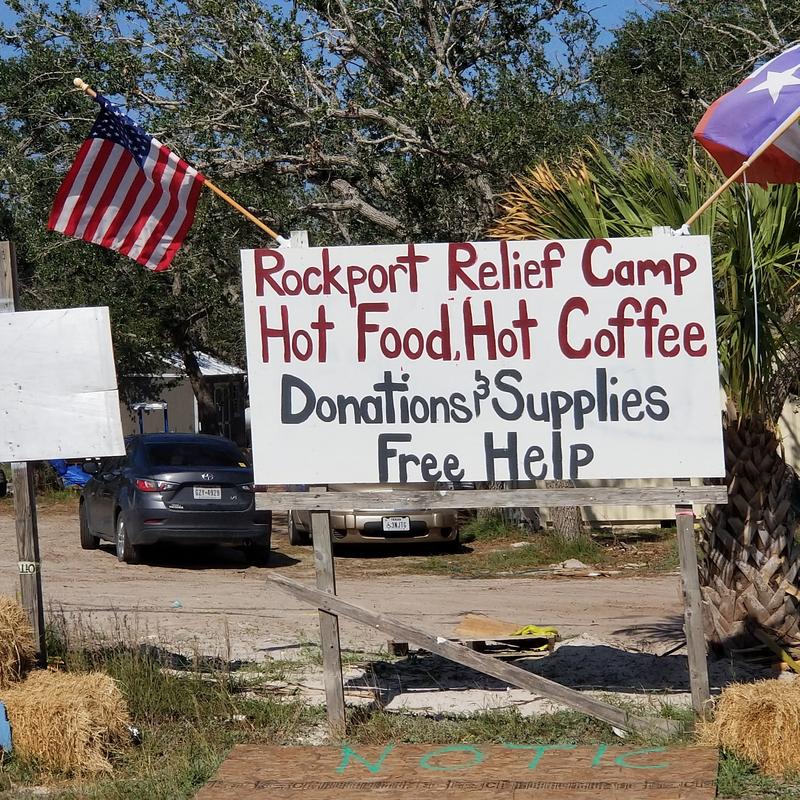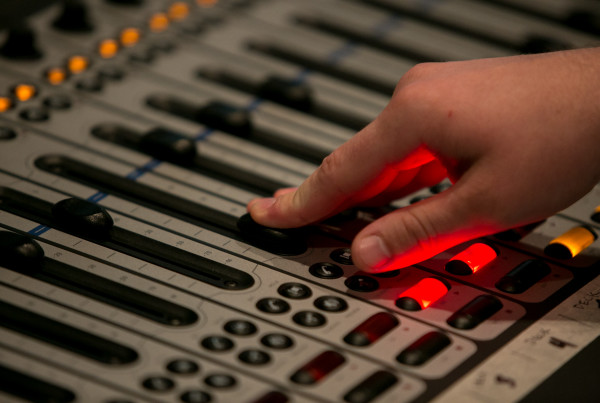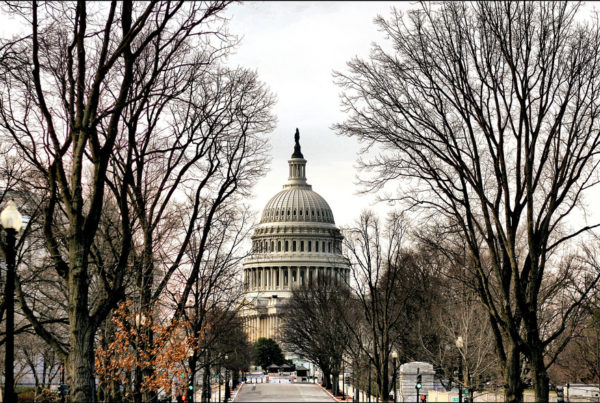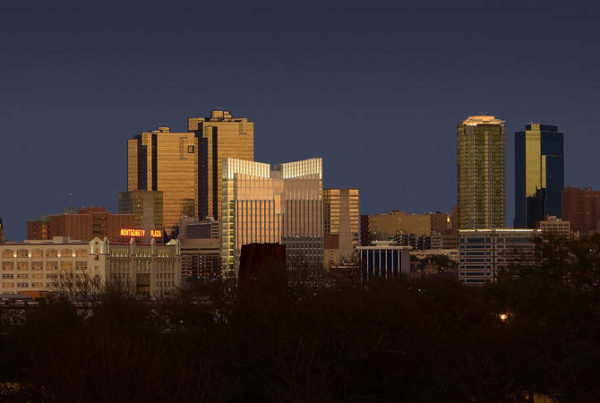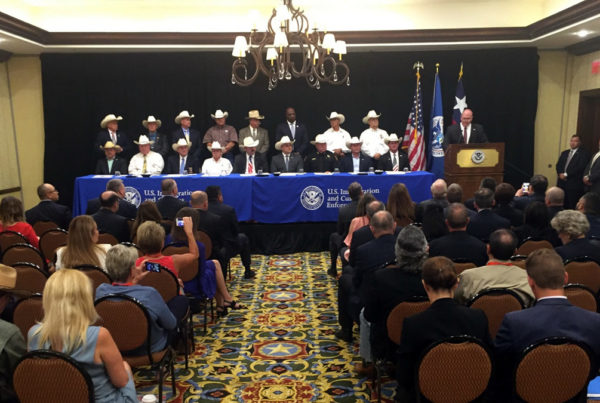From Texas Public Radio:
Three months after the Hurricane Harvey made landfall, the Texas Coastal Bend is still far from back to normal. The Category 4 storm delivered winds of 130 miles per hour that battered Aransas County communities and many residents there are still without housing.
The Texas coastal towns of Rockport and Fulton shared all the destruction and misery Hurricane Harvey brought. They also share a boundary line, where you’ll find The Shack Seafood Restaurant and Barbeque Smokehouse.
Harvey ripped the roof off the eatery. That repair work still needs some finishing touches, but the Shack is back open, customers are flowing in and they all seem to want to talk about one thing: the storm.
Loretta Patterson, a waitress at the restaurant, shares her story as easily as pouring sweet tea.
“We had a picket come through our house — a fence picket. Through the back – into my house – out the front. Like a missile. Lots of water damage,” says Patterson while swiping through images on her phone of her damaged home.
Patrick Garza, the Shack’s owner, says for many hourly workers in the area, there was no point in staying put.
“I lost four out of my kitchen. … Their apartments were destroyed and there’s nothing to rent. You can’t rent a place here,” he says.
Meanwhile, a tent city has sprung up on State Highway 35 leading into Fulton. At the entrance there’s a large hand painted billboard with the U.S. and Texas flags. It reads: “Rockport Relief Camp,” “Hot Food Hot Coffee,” “Donations and Supplies,” and “Free Help.”
“I used to have the absolutely gorgeous 3.5 acres covered in fantastic live oak and grass,” says Sam Mccrary, owner of the property.
She says it looks a lot different now.
“Our décor is early mid-century junk yard,” she says.
There’s an organized chaos here. Open boxes of donated food and cooking equipment are stacked on tables that sag under the weight. There’s a dining room table under one tree heaped with donated used shoes. One tent canopy is called the office — that’s where there’s internet access, stacks of papers and written on a board is “Lights out at eleven” in big bold letters. There’s also a food truck where most of the cooking takes place and on the door is a handwritten sign that says, “Sam for Mayor.”
That’s because, after the storm, McCrary saw how people’s lives were “turned completely inside out, upside down and backwards,” she says.
She hadn’t planned to set up a relief camp at her house but she realized somebody had to do something.
“People had lost homes; they weren’t going to have a place to sleep. We knew that there were going to be people who weren’t going to have access to water or food – especially hot meals,” she says.
For eight weeks, McCrary says she provided more than a thousand meals a day.
“People started coming to get supplies: pick up tents and sleeping bags and cots. … They were getting kicked off the beach. They couldn’t camp there. So we just decided to just pitch your tents out here in the front,” she says.
McCrary says the population has dwindled to about 35, but was up to 80. Some guests are children who run around the camp, chasing chickens and riding bikes.
But McCrary plans to fold the relief camp on December 5.
“We’ve always required people to have jobs,” she says. “We don’t charge anyone to stay here, eat or for supplies, so they should be … able to get on their feet.”
But go where? That’s the problem. It’s the one Maria Gomez faces too.
“I lost everything. I lost my house and everything,” she says, after coming out of the Rockport (Federal Emergency Management Agency) Disaster Recovery Center.
“I’m still at a FEMA Hotel. I’m trying to find, I’m telling them, even a trailer or something. There’s nothing really out there. They gave me a list of potential apartments but they’re all full. And so it’s hard,” she says.
More than 47,000 people are still homeless after Harvey and are living in hotels paid for with FEMA vouchers. On Monday FEMA announced they are extending those vouchers to January 16.


